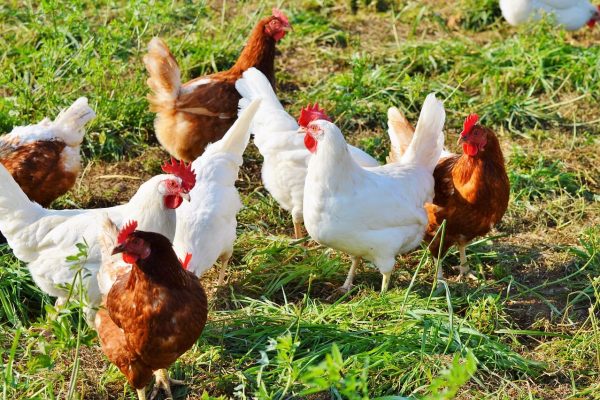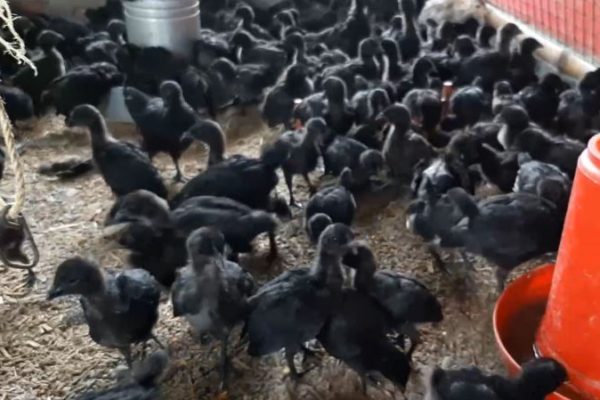Are you thinking about starting a fish farming business? If so, you’re not alone. In the last 10 years, fish farming has grown substantially. The aquaculture industry is now worth over $47 billion annually. In this blog post, we look at how you can get started with a fish farming business, no matter where you live or your level of experience.
What is fish farming?
Fish farming, also known as aquaculture, is the process of growing aquatic organisms such as fish and crustaceans, in either freshwater or seawater. It is a form of aquatic agriculture that is the rearing or harvesting of aquatic organisms such as fish, crustaceans, molluscs, aquatic plants or algae.
Fish farming is an aquatic version of animal farming, and is sometimes called aquaculture or aquatic animal husbandry. Fish farming is an ancient practice that has been around for as long as humans have existed on Earth.
The fish farming industry has grown rapidly over the last few decades, especially as the demand for fish as a protein source has increased.
Which Fish Are Most Suitable for Farming?
Fish farmers typically select species that are hardy and can tolerate crowded conditions. In freshwater systems, Tilapia, Asian carp and barramundi are popular choices, while in marine systems, salmon, cod and sea bass are often used.
For farmed fish, it is important to select species that grow quickly, are disease resistant and have a high feed conversion ratio. These factors will help to reduce costs and allow you to sell your fish at a competitive price.
Fish Farming Business Plan for Beginners:
If you’re new to the fish farming business, it’s best to start with a simple business plan. You can then adapt this plan later as your business grows. A basic plan can be created in a spreadsheet, word document or bullet journal.
It’s often easier to create a simple plan at the start of your fish farming business so that you can get started without any distractions. We recommend that you follow these steps to create a basic business plan.
Identify Your Target Market:
When creating a business plan, it’s important to identify your target market. Begin by asking yourself who your ideal customers are. Where are they located? What are their needs and wants? What is their lifestyle? Once you’ve identified your target market, you can create marketing strategies that will appeal to this particular group of people.
Also, you can tailor your promotional messages to suit your customers’ needs and wants. Create a mission statement: A mission statement is a one-sentence description of what your business is all about.
It should include what your business does, who it does it for and how it does it. A thorough mission statement can help you stay focused, remain motivated and achieve success.
Create a Product or Service:
Once you know your target market, it’s time to create a product or service. Start by answering these questions: What do you want to sell? What are its features and benefits? Who will make it (yourself or a manufacturer)? How will it be delivered? How much will it cost? You can also create a business plan for a service, such as aquaponics services or consultancy services.
Establish a company name and branding:
The company name and branding will be the foundation of your business. Name your company something that customers can easily remember and associate with your product or service. Come up with a catchy name and logo, and avoid using common words that have other meanings.
Create a business plan: Once you’ve completed the steps above, you’ll be ready to create your business plan. A business plan is a written description of your business, including your industry and competitive analysis, marketing strategy, financial forecast and exit strategy.
Location: Where to start a fish farming business
Fish farming requires a suitable water source, such as a river, lake, or ocean. In the last decade, many fish farmers have started setting up shop in areas where land is cheap and fresh water is abundant.
How do you choose the best location? The key factors to consider when choosing a location for a fish farming business are water quality, availability of water and proximity to your target market.
Water quality: If you’re farming in freshwater, one of your main concerns will be water quality. If you’re farming in saltwater, water quality is less important, but can be important if you’re raising live feed.
You’ll need to check your water quality and make sure it’s clean and safe for your fish. You can do this by taking water samples and sending them to a lab for testing. Availability of water:
Availability of water is another important consideration when choosing a location for your fish farming business. If you’re farming in freshwater, you’ll need to make sure you have enough water to support your fish, and it will also need to be clean.
You’ll also need to maintain a safe level of water flow. If you’re farming in saltwater, water availability is less of a concern, but water must still be clean and safe for your fish.
Proximity to your target market: It’s important to choose a location that’s close to your target market. This will save you money on transportation costs and allow you to reach your customers faster.
Fish food and feed requirements
Feed is a major cost item in any aquaculture venture and choosing the right feed can make all the difference between profit and loss. Feed is the most cost-intensive item in fish farming, and can account for up to 75% of total production costs.
You’ll need to decide what kind of feed you’ll give your fish. Start-up farmers can use either commercial pellets or fish feed, or feed made out of recycled waste products such as food scraps, manure and leftovers.
Commercial Feed: This type of feed is produced and sold by feed companies. It is more expensive than feed made of waste products, but much easier to use.
Fish Feed: This type of feed is made with waste products and natural ingredients. It is cheaper than commercial feed, but requires more time, effort and expertise to use.
Recycled Feed: This feed is made from waste products such as manure and food scraps. It is cheaper than commercial feed, but more difficult to use.
Equipment requirements
At some point, you’ll need to invest in equipment to grow your fish. You can either buy new equipment or rent it, but whatever you do, make sure you know what you need before starting your business.
Types of equipment you’ll need for a fish farming business include: Feeding and water control equipment: You’ll need to control the amount of feed your fish eat and the amount of water they have access to.
This equipment can be very basic, such as barrels and buckets. Feeding and water control equipment can also be more advanced and automated. Harvesting equipment: You can harvest your fish with nets, buckets and sluices. Harvesting equipment can also be automated.
Harvesting equipment that is mechanized can be very expensive. Harvesting equipment can also be very basic, such as buckets and nets.
How Much Does it Cost to Start Fish Farming
The cost to start a fish farming business can vary greatly. If you’re starting a freshwater farm, it will cost much less than a saltwater operation.
However, you can expect to invest at least $50,000 to $100,000 in start-up costs. You’ll need to make sure you have enough money saved up to cover these expenses.
To estimate your costs, start by making a list of everything you think you’ll need, and then add 10-20% extra to account for unexpected expenses. Once you have a list, prioritize the items in your budget.
This will help you know where to start when it comes to setting up your business.


